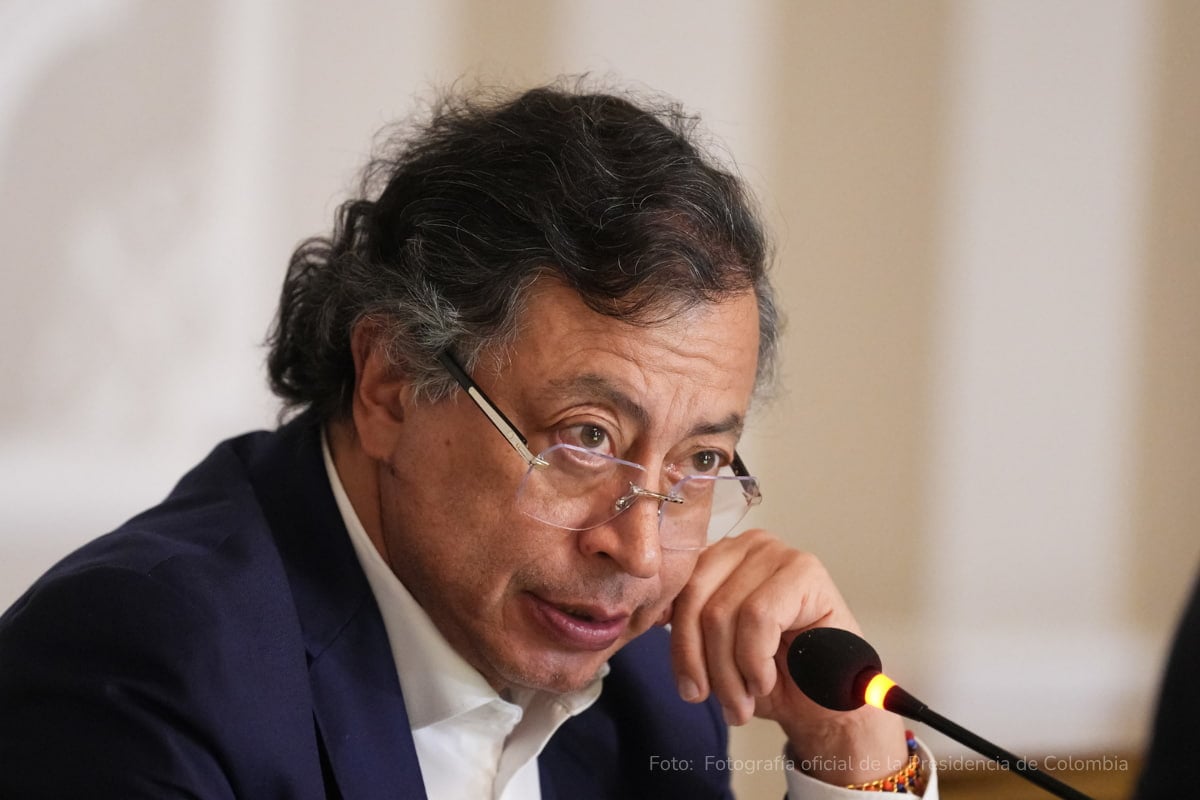Is Colombia in stagflation? Analysis of Gustavo Petro’s tweet and key concepts

A recent tweet by Gustavo Petro has sparked a broad economic debate in Colombia. In his message, the president warned that the persistence of high interest rates by the Central Bank could lead the country to stagflation.
This statement has generated controversy among economic analysts, who point out that there is a conceptual confusion in the use of the term.
What is stagflation and why is it such a concern?
The term stagflation —a combination of economic stagnation and persistent high inflation— describes a particularly complex scenario: prices continue to rise while economic activity weakens and unemployment rises.
This is a dreaded situation, because traditional economic policy tools are often contradictory. For example, raising interest rates to curb inflation can deepen stagnation, while lowering them to stimulate growth can aggravate inflation.

You may also read: Coffee, flowers and avocado lead Colombian exports to the U.S. in the first quarter of 2025
Is Colombia going through stagflation?
Colombia, however, is not facing a typical stagflation scenario. According to DANE data, annual inflation as of June 2025 stood at 4.82%, the lowest level since October 2021.
This result comes in the midst of a restrictive monetary policy applied by Banco de la República, which has maintained high interest rates to control price increases. At the same time, economic growth has been weak and private investment has fallen, which does generate signs of stagnation.
Experts criticize Gustavo Petro’s tweet
Several economists have questioned the warning in Gustavo Petro’s tweet. Mario Fernando Cruz stressed that the definition of stagflation implies high and persistent inflation, which does not fit the current reality. In his opinion, Petro confuses the term with deflation, which is the generalized fall in prices, a different phenomenon with other implications.
La estanflación es un fenómeno en el que se conjuga bajo crecimiento económico y elevada inflación. El fenómeno de caída en el nivel general de precios que usted advierte se denomina deflación señor presidente.
— Mario Fernando Cruz (@mfcruzv) July 8, 2025
Son dos conceptos distintos que se aprenden en macro básica.
Along the same lines, former Minister of Finance José Manuel Restrepo affirmed that inflation is decreasing thanks to an orderly monetary policy, and not because of the Government’s actions. According to Restrepo, the low growth of the last years is not only explained by interest rates, but also by the uncertainty generated by reforms without consensus, lack of execution of public spending and poor coordination with the private sector.
@petrogustavo Sin duda es un buen dato que ayuda a Colombia, y más bien le sugiero darle un aplauso 👏 a la tarea del @BancoRepublica que es quien ha logrado este resultado gracias al manejo prudente y ordenado de la Politica monetaria, incluso a pesar del desorden en política… https://t.co/QKHb6NjAM0
— José Manuel Restrepo Abondano (@jrestrp) July 8, 2025
Mauricio Santa María, former president of Anif, was also emphatic in his criticism. He pointed out that Banco de la República has acted responsibly with regard to public spending and that thanks to its independence it has managed to reduce inflation, even in the face of an adverse political environment.
For her part, lawyer and analyst Carolina Restrepo Cañavera agreed that the President’s message contains inaccuracies. In her opinion, the deterioration in confidence, consumption and investment is not exclusively due to interest rates, but to the “permanent noise” coming from the Government itself.

You may also read: Sustained growth: exports of non-mining goods increase by 9.6%
What is deflation and why is it also risky?
At the other end of the spectrum is deflation, which is a generalized and sustained decline in prices. Although it may appear positive for consumers, it often reflects weakness in the economy: consumers postpone purchases, demand falls, companies reduce production and employment, and the real value of debts rises.
Central banks therefore seek to maintain low but positive inflation, around 2%, to avoid a deflationary spiral.
Beyond the technical discussion, the episode highlights the importance of accurate economic communication by the country’s leaders. In a global environment marked by uncertainty, ambiguous or conceptually wrong messages can affect market, consumer and investor confidence.

Balancing inflation and growth: the real challenge
While it is legitimate for the government to express its concern about growth, placing this juncture under the concept of “stagflation” may divert attention from the real problems. The Colombian economy faces real challenges, but inflation has shown a downward trend. Banco de la República’s policy has been effective in containing it, albeit at the cost of some economic deceleration.
The challenge now is to find a balance that will keep inflation under control without stifling productive activity and investment. This requires coordination between fiscal and monetary authorities, as well as an institutional environment that conveys confidence and stability.
You may read: Colombia among the worst per capita export performers in Latin America





